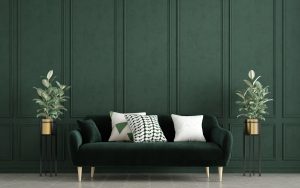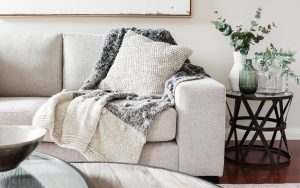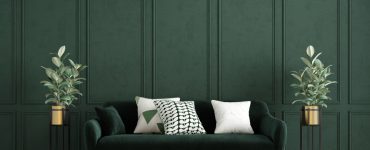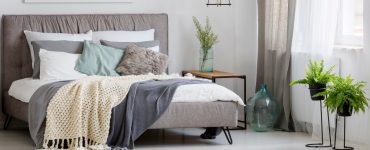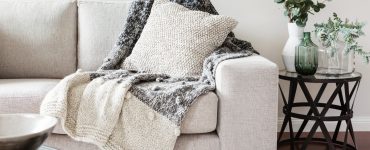Textured rugs and carpets have become increasingly popular among designers and homeowners alike due to their unique ability to elevate the style and comfort of any room. With a wide array of materials, weaves, and pile types to choose from, these design elements allow you to tailor the texture to your specific preferences and interior style.
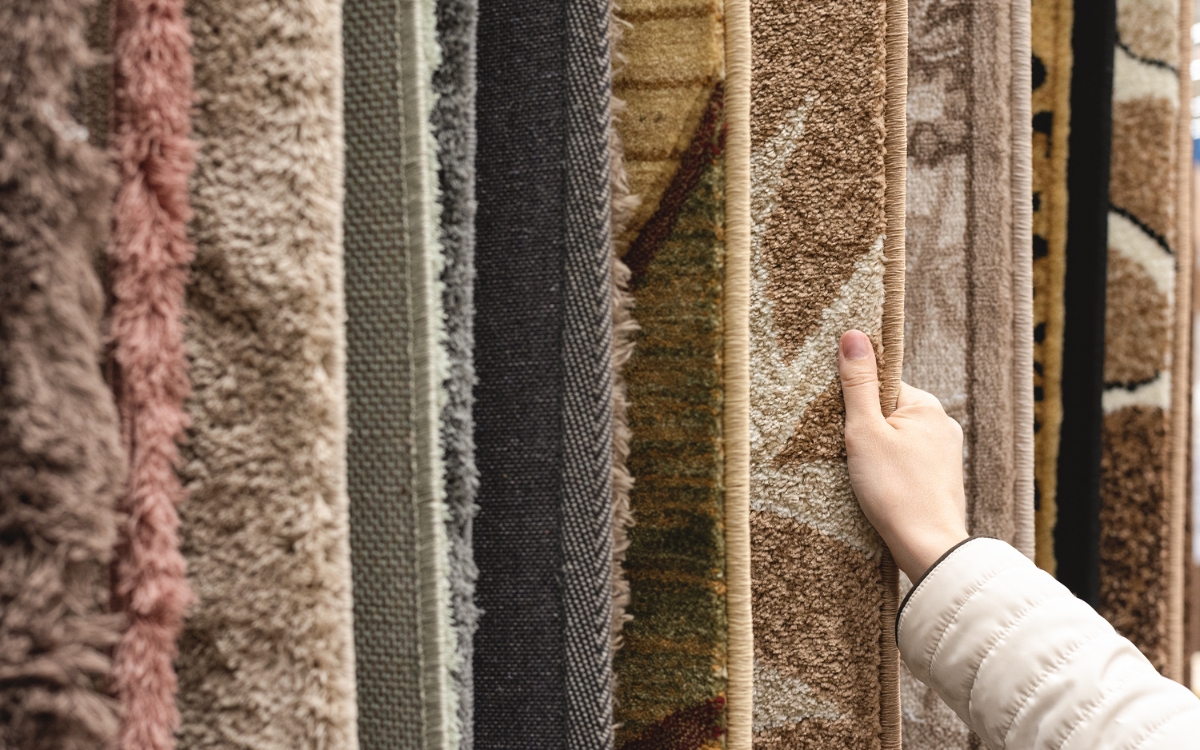
In this comprehensive blog post, we will explore the captivating world of textured rugs and carpets and delve into the myriad ways they can be used as powerful design elements. From understanding the different types of textured fibers to learning how to incorporate them in various spaces, we will unravel the secrets behind effectively using textured rugs and carpets to create stunning interiors
Understanding Textured Rugs and Carpets
Texture is a powerful tool in interior design, capable of transforming ordinary spaces into visually captivating and inviting environments. Among the various elements that contribute to texture in a room, textured rugs and carpets hold a prominent position.
These versatile design elements have garnered increasing popularity for their ability to add depth, warmth, and character to any space. In this section, we will delve into what defines textured rugs and carpets, explore the different types of textured fibers and materials, and understand the impact of rug pile and weave on texture.
What Defines Textured Rugs and Carpets?
Textured rugs and carpets are distinct from their smooth counterparts by the way they are constructed. Unlike plain, flat rugs, textured versions boast uneven surfaces, creating a tactile and three-dimensional experience. These rugs and carpets often feature varied yarn thicknesses, looped or cut pile, and intricate weaves, all of which contribute to their unique texture. The irregularity in their surface makes them a captivating addition to any room, adding visual interest and inviting touch.
Different Types of Textured Fibers and Materials
Textured rugs and carpets are crafted from a diverse range of fibers and materials, each offering its own set of characteristics and aesthetics. Wool is a popular choice for creating textured rugs due to its natural crimp and resilience, resulting in a soft and plush surface. Other natural fibers like cotton and jute also contribute to the creation of textured rugs with their distinct textures and eco-friendly appeal.
For those seeking durability and a more budget-friendly option, synthetic fibers like nylon, polyester, and polypropylene offer a wide variety of textures, colors, and patterns. These fibers can mimic the look and feel of natural materials, making them a versatile choice for various interior styles.
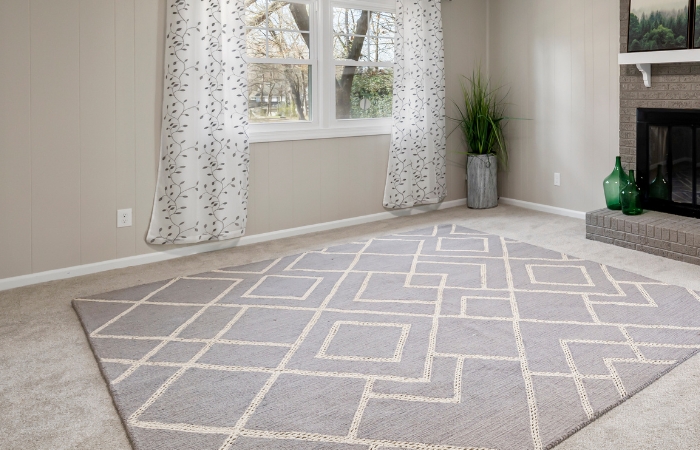
The Impact of Rug Pile and Weave on Texture
The construction of textured rugs and carpets involves considerations of pile height and weave style, which significantly influence the final texture. Pile refers to the length of the rug fibers, and it can range from short and tight loops to long, shaggy strands. High-pile rugs provide a luxurious and cozy feel, while low-pile rugs offer a smoother texture with easier maintenance.
Additionally, the weave style plays a crucial role in the texture of the rug. Flatweave rugs, such as kilims and dhurries, exhibit a flat, smooth surface with intricate patterns, creating a visually appealing texture that suits various design themes. On the other hand, hand-tufted or hand-knotted rugs feature raised patterns and textures, adding depth and dimension to the design.
Incorporating Textured Rugs and Carpets in Various Spaces
Textured rugs and carpets have the remarkable ability to transform the ambiance of different spaces, infusing them with warmth, style, and comfort. Whether you’re looking to create a cozy and inviting living room, a luxurious bedroom retreat, a stylish entryway, an elegant dining area, or a productive home office, incorporating textured rugs and carpets can be a game-changer. In this section, we will explore how to use textured rugs and carpets effectively in various rooms, tailoring their unique textures to complement the overall design.
Textured Rugs in Living Rooms: Cozy and Inviting Ambiance
The living room is often the heart of the home, where family and friends gather to relax and socialize. A textured rug in the living room can serve as the focal point, instantly drawing attention and adding warmth to the space.
Opt for a high-pile shaggy rug to create a cozy and inviting ambiance, perfect for sinking your feet into after a long day. For a contemporary setting, consider a hand-tufted textured rug with abstract patterns that add a touch of artistic flair to the room. Whether your living room follows a minimalist or eclectic design, a textured rug will elevate the aesthetics and provide a comfortable area for everyone to unwind.
Textured Carpets in Bedrooms: A Luxurious Retreat
In the bedroom, where comfort and relaxation are paramount, textured carpets make for an excellent choice. A plush, low-pile carpet in soothing tones can create a serene and luxurious retreat, setting the stage for a restful night’s sleep.
Consider a carpet with subtle patterns or geometric designs for a touch of visual interest without overwhelming the space. For a bolder statement, textured carpets in rich colors can add drama and sophistication to the bedroom decor. Waking up to the softness of a textured carpet underfoot can be a delightful way to start each day.
Textured Runners in Hallways: A Stylish Entryway
The hallway or entryway is the first impression guests have of your home, making it an ideal space to introduce textured runners. These long, narrow rugs can add style and personality to a usually overlooked area.
Opt for runners with intricate weaves or patterns to create visual interest, guiding visitors into the heart of your home. Textured runners are not only aesthetically pleasing but also practical, providing a non-slip surface and protecting high-traffic areas from wear and tear.
Textured Rugs in Dining Rooms: Creating an Elegant Setting
Dining rooms are spaces for shared meals and meaningful conversations. A textured rug under the dining table can define the area and anchor the furniture, while also adding an elegant touch to the room. Choose a textured rug that complements the dining chairs and table, considering the overall color scheme and design style. For a classic look, consider a textured rug with a subtle pattern, like damask or herringbone. Alternatively, opt for a more daring choice with a braided or woven textured rug that brings a rustic charm to the dining space.
Textured Carpets in Home Offices: Enhancing Productivity
The home office is a space where productivity and creativity flourish. Introducing a textured carpet in this area can enhance the atmosphere, making it an inspiring and comfortable workspace. Consider a textured carpet with a short pile and neutral colors to create a clean and organized look.
The texture will add depth to the room, making it visually appealing while also providing a soft surface underfoot during long working hours. As you brainstorm ideas and immerse yourself in your projects, the texture of the carpet will subtly contribute to a conducive environment for focus and innovation.
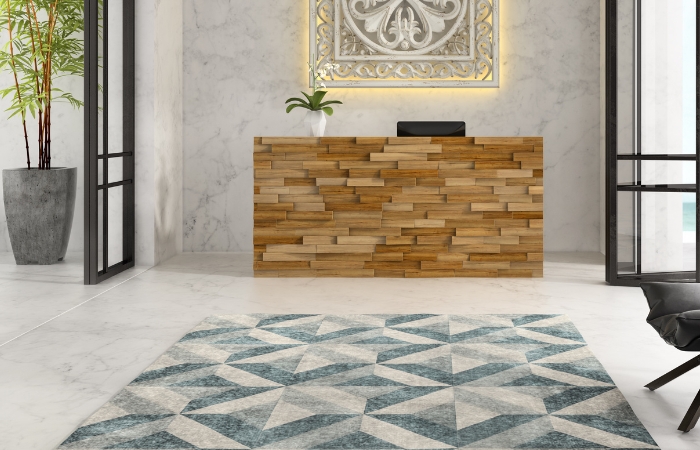
Choosing the Right Texture for Different Interior Styles
Texture plays a crucial role in defining the overall ambiance and style of a space. When it comes to interior design, understanding how to choose the right texture for different styles is essential to creating cohesive and visually appealing rooms.
Whether you prefer contemporary, rustic, bohemian, traditional, or modern chic interiors, each style calls for specific textures that complement its unique characteristics. In this section, we will explore how to select the perfect texture for various interior styles, ensuring that your design vision comes to life.
Contemporary Interiors: Embracing Minimalist Textured Rugs
Contemporary interiors are characterized by clean lines, open spaces, and a focus on simplicity. When it comes to textures, less is often more in this style. Opt for minimalist textured rugs that feature subtle patterns or textures without overwhelming the space.
Neutral colors and low-pile or flatweave rugs work best in contemporary settings, providing a smooth surface that complements the sleek and uncluttered design. Consider materials like wool, silk, or natural fibers for their refined and sophisticated appearance, allowing the furnishings and decor to take center stage.
Rustic and Farmhouse Style: Coarse and Natural Textures
Rustic and farmhouse styles embrace the beauty of natural materials and textures, bringing a sense of warmth and comfort to the space. In this style, look for textured rugs that have a rougher, more coarse feel, such as jute or sisal rugs.
These natural fibers not only add texture but also contribute to the earthy and organic charm of the design. Embrace braided, woven, or hand-knotted rugs that showcase the artisanal craftsmanship, adding character to your rustic-inspired interiors. Earthy tones like warm browns, muted greens, and soft grays will further enhance the cozy and inviting atmosphere.
Bohemian and Eclectic Vibes: Layering Different Textures
Bohemian and eclectic styles are all about embracing creativity and embracing a mix of diverse elements. In these vibrant and expressive interiors, layering different textures is key to achieving an intriguing and visually dynamic look.
Opt for textured rugs with a combination of patterns, colors, and materials, such as a Moroccan-inspired rug with geometric motifs or a textured kilim with tribal designs. Layering multiple rugs on top of each other can also create an eclectic and bohemian vibe, allowing you to experiment with various textures and colors to achieve the desired effect.
Traditional Elegance: Timeless Patterns with Texture
Traditional interiors exude elegance and timeless charm, often featuring classic patterns and luxurious materials. To complement this style, opt for textured rugs with intricate patterns, such as damask, floral, or oriental motifs.
The textures should be refined and luxurious, with materials like wool or silk providing a sumptuous feel underfoot. Persian rugs with their rich textures and intricate designs are a perfect choice for traditional interiors. Choose colors that harmonize with the rest of the decor, and remember that in traditional settings, texture adds depth and sophistication to the space.
Modern Chic: Smooth and Luxurious Textures
Modern chic interiors blend contemporary aesthetics with luxurious touches, resulting in a polished and sophisticated look. In this style, smooth and luxurious textures take the spotlight. Opt for high-quality, plush rugs with a velvety feel, like a silk or velvet rug, to add a touch of opulence to the space. Monochromatic or neutral-colored rugs with subtle textures can complement the clean lines and refined decor of modern chic interiors. The focus is on quality and craftsmanship, making sure that the textures exude elegance and refinement.
Combining Textured Rugs with Other Design Elements
Textured rugs have the remarkable ability to elevate the overall aesthetics of a space, but their true potential shines when they are skillfully paired with other design elements. From furniture to decor, the successful integration of textured rugs can create harmonious and captivating interiors.
In this section, we will explore the art of combining textured rugs with other design elements, such as solid-colored furniture, smooth surfaces, and patterns, to create cohesive and visually appealing rooms.
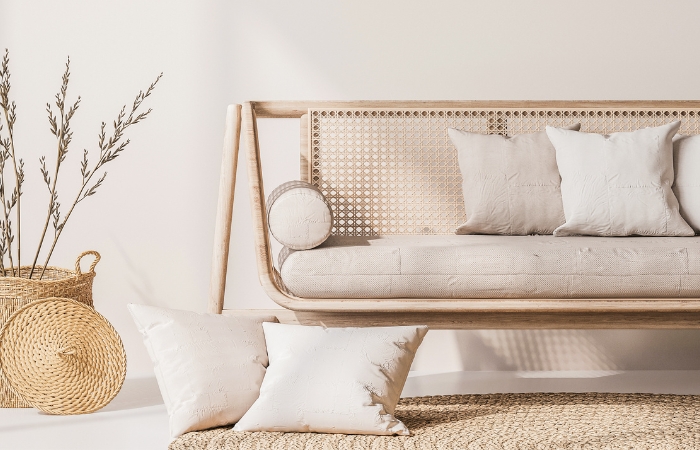
Pairing Textured Rugs with Solid-Colored Furniture
One of the most effective ways to make a textured rug the focal point of a room is by pairing it with solid-colored furniture. Whether it’s a vibrant area rug with intricate patterns or a plush, high-pile rug with rich textures, solid-colored furniture provides a perfect canvas for the rug to shine.
Neutral-hued sofas, chairs, and tables create a balance that allows the texture to take center stage without overwhelming the space. For a bold statement, consider solid-colored furniture in contrasting tones, allowing the textured rug to stand out even more.
Creating Contrast with Smooth Surfaces and Textured Carpets
Combining smooth surfaces with textured carpets creates a delightful contrast that adds depth and visual interest to a room. For instance, in a living room with hardwood or tile flooring, introducing a textured carpet with a plush, high-pile weave instantly creates a cozy and inviting area.
The contrast between the smoothness of the floor and the softness of the carpet provides a tactile experience that is both comforting and luxurious. Additionally, incorporating smooth surfaces like glass or metal in furniture or decor further enhances the juxtaposition of textures, adding a modern twist to the design.
Harmonizing Textures and Patterns: Do’s and Don’ts
When it comes to combining textured rugs with other patterns in a room, there are some do’s and don’ts to consider. To create a harmonious space, opt for patterns that complement the texture of the rug rather than compete with it. For example, if the textured rug features a bold, geometric pattern, consider pairing it with decor that has more subtle patterns or solid-colored elements. On the other hand, if the rug has a softer and more organic texture, you can introduce floral or nature-inspired patterns in the decor to create a cohesive and nature-inspired theme.
Layering Textured Rugs: Adding Dimension and Depth
Layering textured rugs can be a creative and visually appealing way to add dimension and depth to a room. By combining rugs of different textures, sizes, and patterns, you can create a unique and eclectic look. For example, layering a flatweave rug over a larger, high-pile textured rug can define specific areas in an open-concept space, adding visual interest and definition to the room. When layering rugs, ensure that they complement each other in terms of color and style, so they blend seamlessly to achieve the desired effect.
Conclusion
From the soft, shaggy rugs that invite us to sink our feet into blissful comfort, to the intricate patterns of textured kilims that transport us to far-off lands, each textured rug and carpet has a unique story to tell. By understanding the impact of different fibers, weaves, and pile types, we can make informed choices that align with our interior design aspirations.
Textured rugs and carpets offer an open invitation to explore the realms of creativity. Whether we opt for a contemporary, minimalist look or prefer to embrace the rustic charm of farmhouse style, texture provides endless opportunities for customization and self-expression.


